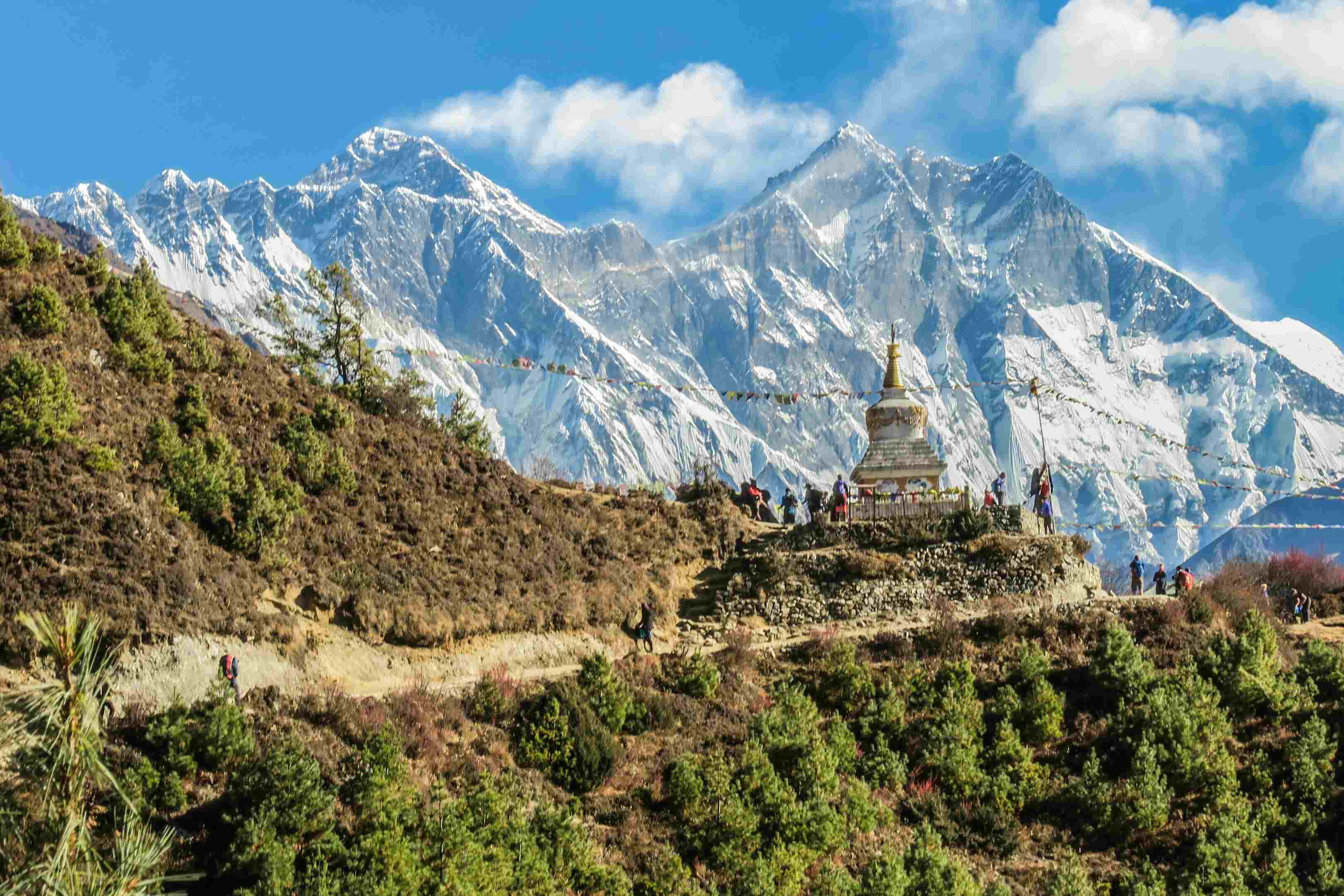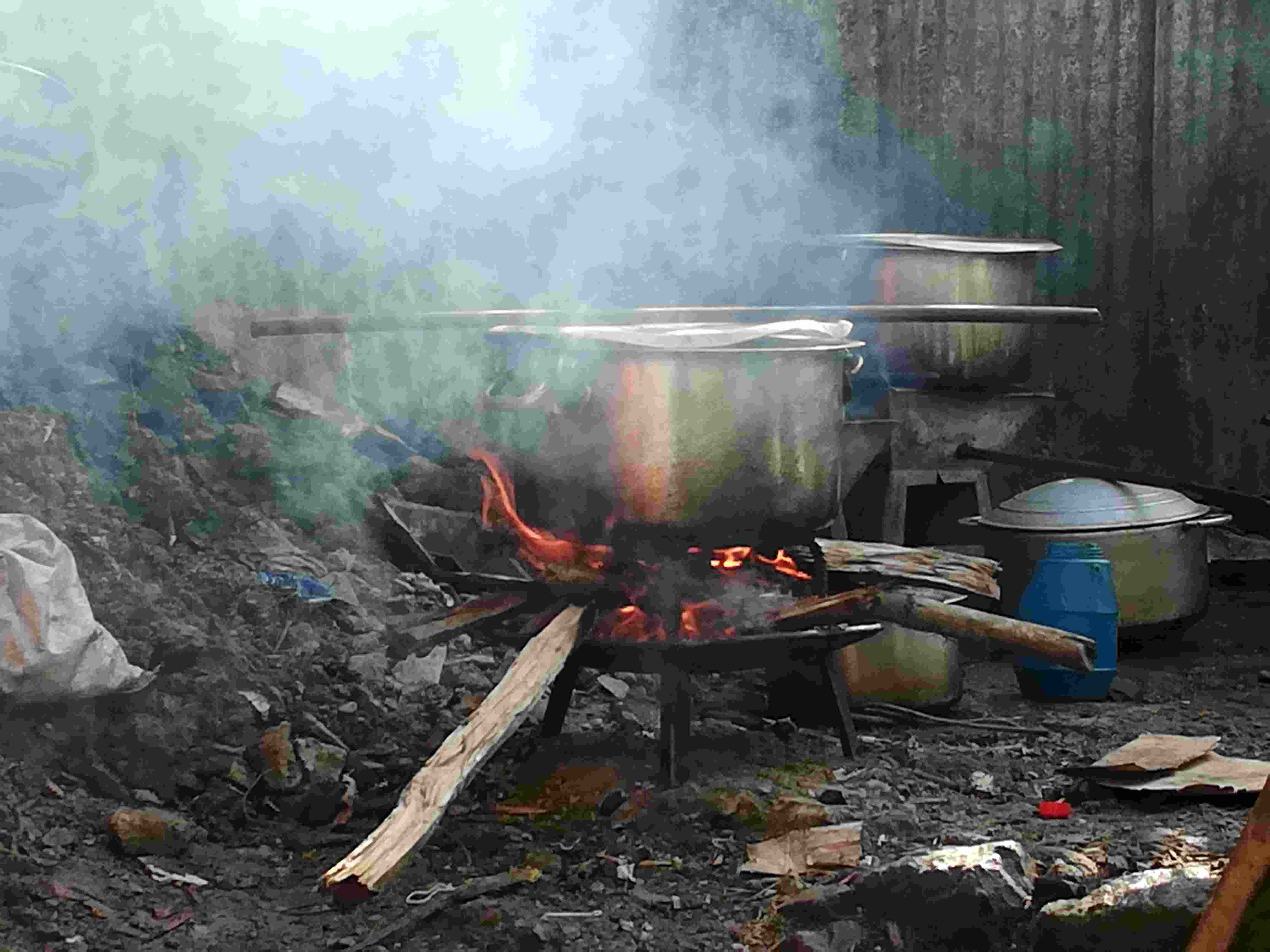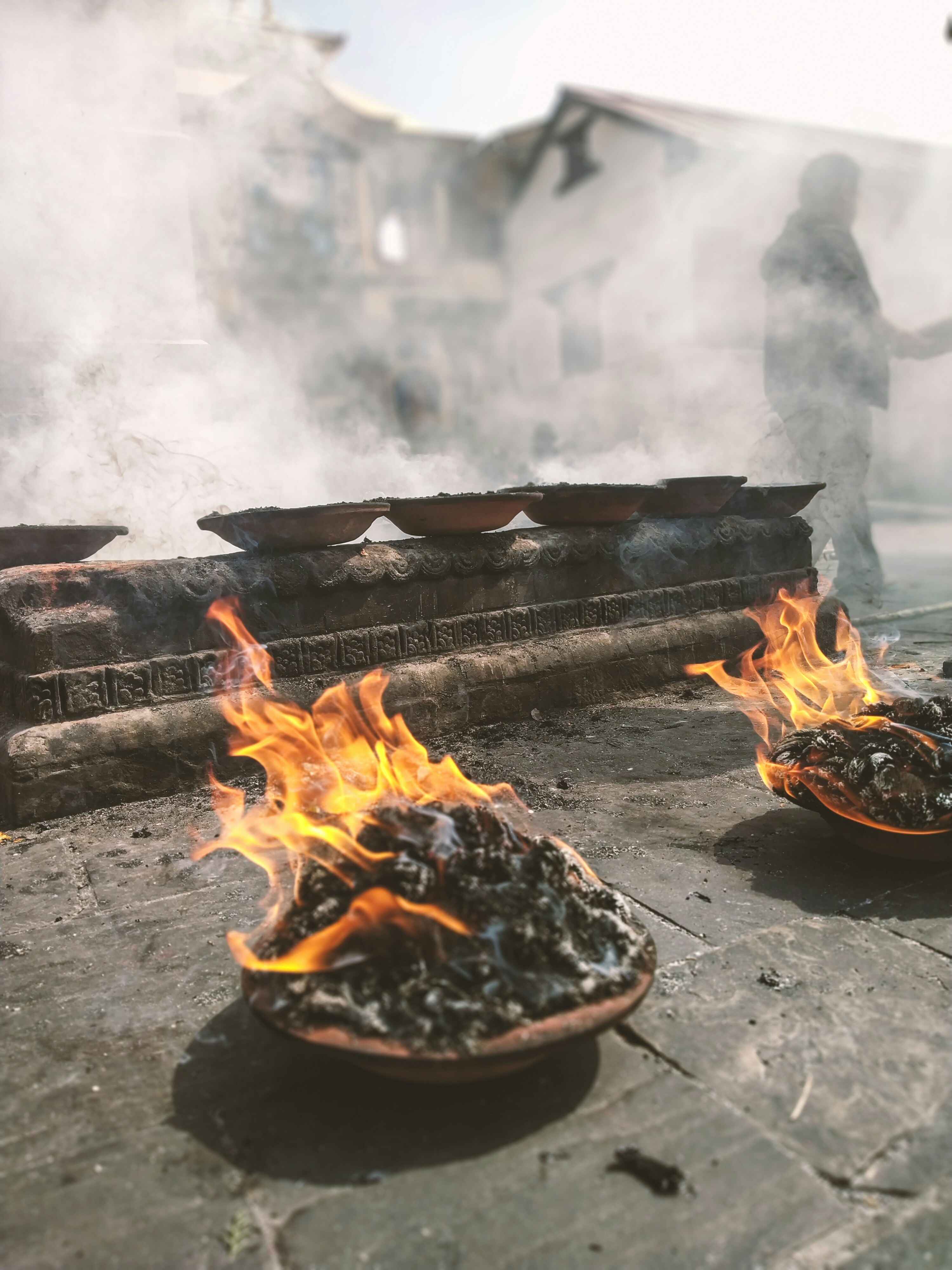Share this Article
Nepal, a landlocked country nestled in the heart of the Himalayas, is renowned for its rich cultural diversity and complex history. Its geography—a striking blend of towering mountains, rolling hills, and fertile plains—has shaped every facet of Nepali culture, from language and religion to architecture and cuisine. The influence of geography on Nepali culture is profound, as the country’s unique topography has created distinct regions, each with its own customs, traditions, and ways of life.
In this article, we will explore how Nepal’s diverse geography has contributed to shaping the cultural landscape of this beautiful nation, making it one of the most culturally diverse and geographically unique places on earth.
The Geographical Layout of Nepal
Nepal is divided into three primary geographical regions:
- The Himalayas (Mountain Region): This region is home to some of the highest peaks in the world, including Mount Everest, the tallest mountain on Earth. The people of the mountain region are known for their resilience and adaptability, given the harsh and remote conditions of their environment.
- The Hills: The central region of Nepal, characterized by rolling hills and mid-mountain landscapes, is home to Nepal's capital city, Kathmandu. The hills are the cultural heart of the country, where ethnically diverse communities live in compact settlements with easy access to trade routes.
- The Terai (Lowland Region): This region lies in the southern part of Nepal, bordering India. The Terai is a vast, fertile plain where agriculture thrives, and the population density is higher. It is the most economically productive region of Nepal.
Each of these regions has distinct ethnic groups, languages, and lifestyles, influenced largely by the surrounding topography and climate.
The Influence of the Himalayas on Culture
The towering peaks of the Himalayas have profoundly influenced the culture and lifestyle of the people living in the mountain regions of Nepal. For centuries, these mountains have shaped the way of life for communities such as the Sherpa, Tamang, Gurung, and Rai. The mountainous landscape has led to a distinct set of practices, beliefs, and traditions:
- Spirituality and Religion: The mountains are often regarded as sacred in Nepali culture. The majestic peaks are seen as homes to gods and goddesses, and Hinduism and Buddhism have been deeply intertwined with the people’s connection to the land. Monasteries and temples are perched high on mountain ridges, and many sacred pilgrimage routes, such as Muktinath and Tengboche, are located in remote, high-altitude areas. The reverence for nature and the spirituality of the mountains permeates the lives of mountain communities.
- Adaptation to Terrain: The harsh environment of the mountains has shaped the way people live. Villages are often isolated, requiring locals to develop self-sustaining agricultural practices and innovative building techniques. The homes are constructed from locally sourced materials like stone and wood, designed to withstand heavy snowfall and extreme weather conditions. People rely on animals such as yaks for transportation and plowing, and farming is done on terraces carved into the hillsides.
- Linguistic Diversity: The people of the mountain regions speak languages that are often distinct from one another, with different dialects of Tibetan, Nepali, Sherpa, Tamang, and Gurung languages, among others. The geography has played a key role in the preservation of these languages, as remote areas have historically had limited access to outside influences.
- Cultural Practices: The mountain people have a rich tradition of songs, dances, and festivals that reflect their deep connection to the mountains. Tihar, Lhosar, and Maghe Sankranti are celebrated with traditional dances such as the Khukuri Dance and Sherpa dances. Tibetan Buddhist rituals, including butter lamps, prayer flags, and prayer wheels, are common in the northern regions of Nepal, reflecting the influence of Tibet.
The Hills: The Cultural Heart of Nepal
The hill regions, which include the Kathmandu Valley and nearby areas like Pokhara and Bandipur, are culturally significant because they house the country's capital and several important historical and spiritual sites. This region has been a crossroads for various civilizations and empires throughout history, which has left a profound mark on Nepali culture:
- Kathmandu Valley: The valley is a melting pot of cultures and traditions. It is home to some of the most significant Hindu and Buddhist temples, including Pashupatinath, Swayambhunath, and Boudhanath, each attracting pilgrims from all over the world. The UNESCO-listed heritage sites in Kathmandu, such as the Durbar Square, Bhaktapur, and Patan, showcase a rich blend of medieval art, architecture, and culture.
- Architecture: The geography of the hills has influenced the traditional architectural style. The buildings in this region, particularly in Kathmandu, are characterized by multi-story wooden houses, pagoda-style temples, and intricate carvings. The traditional courtyard homes are designed to suit the local climate and environment, making efficient use of the limited land available in the valley.
- Festivals and Traditions: Festivals like Dashain, Tihar, and Holi are celebrated with grand feasts, dances, and rituals that reflect the local customs of the hill regions. These celebrations are tied to the agricultural calendar and religious cycles, and they bring together people of various ethnicities, reflecting the diverse cultural mosaic of the Kathmandu Valley.
- Trade and Influence: Historically, the hill regions were critical in trade routes that connected India to Tibet and China. The Newar people, native to the Kathmandu Valley, were known for their craftsmanship and business acumen, influencing the cultural and economic landscape of Nepal.
The Terai: The Fertile Heartland of Nepal
The Terai region, which borders India, is the most fertile and agriculturally productive area of Nepal. Its flat plains and subtropical climate have fostered a diverse agricultural economy, with crops like rice, wheat, maize, and sugarcane being the mainstay of local life. The Terai is also home to a significant portion of Nepal's ethnic diversity, with various groups such as the Madhesi, Tharu, and Brahmins living in this region.
- Agricultural Practices: The people of the Terai rely heavily on irrigation and modern farming techniques due to the region’s fertile soil. Rice farming is central to the Terai economy, and harvest festivals such as Maghe Sankranti and Tihar are celebrated with offerings and dances that highlight the region’s agrarian traditions.
- Cultural Influences: The Terai region has been heavily influenced by neighboring India due to its proximity. This influence is evident in the cuisine, clothing, and festivals of the people who live in the Terai. For example, the Madhesi people share many cultural traditions with the people of Bihar and Uttar Pradesh in India, including Sanskrit language, customs, and festivals like Chhath.
- Diversity of Language and Religion: The Terai is home to several linguistic and religious groups. People speak languages such as Maithili, Bhojpuri, and Tharu in addition to Nepali. The region also has a significant Hindu and Muslim population, reflecting its religious diversity. The cultural practices in the Terai are often a blend of both Nepali and Indian traditions, making it a melting pot of influences.
Conclusion: Geography as a Cultural Canvas
Nepal’s diverse geography, with its mountainous terrain, rolling hills, and fertile plains, has profoundly shaped the cultural, social, and spiritual life of its people. The Himalayas have inspired spiritual practices, resilient communities, and a deep respect for nature; the hills are home to a rich cultural heritage and historical significance, while the Terai fosters a productive agricultural economy and diverse traditions.
Together, these geographical regions create a cultural mosaic that reflects the complexity and beauty of Nepal. Understanding the relationship between geography and culture in Nepal provides insight into how the environment not only influences but also defines the ways in which the people of this country live, worship, celebrate, and interact with each other.
Categories:
Culture & Traditions
,
History & Heritage
,
Lifestyle & Local Life
Tags:
Local Life







